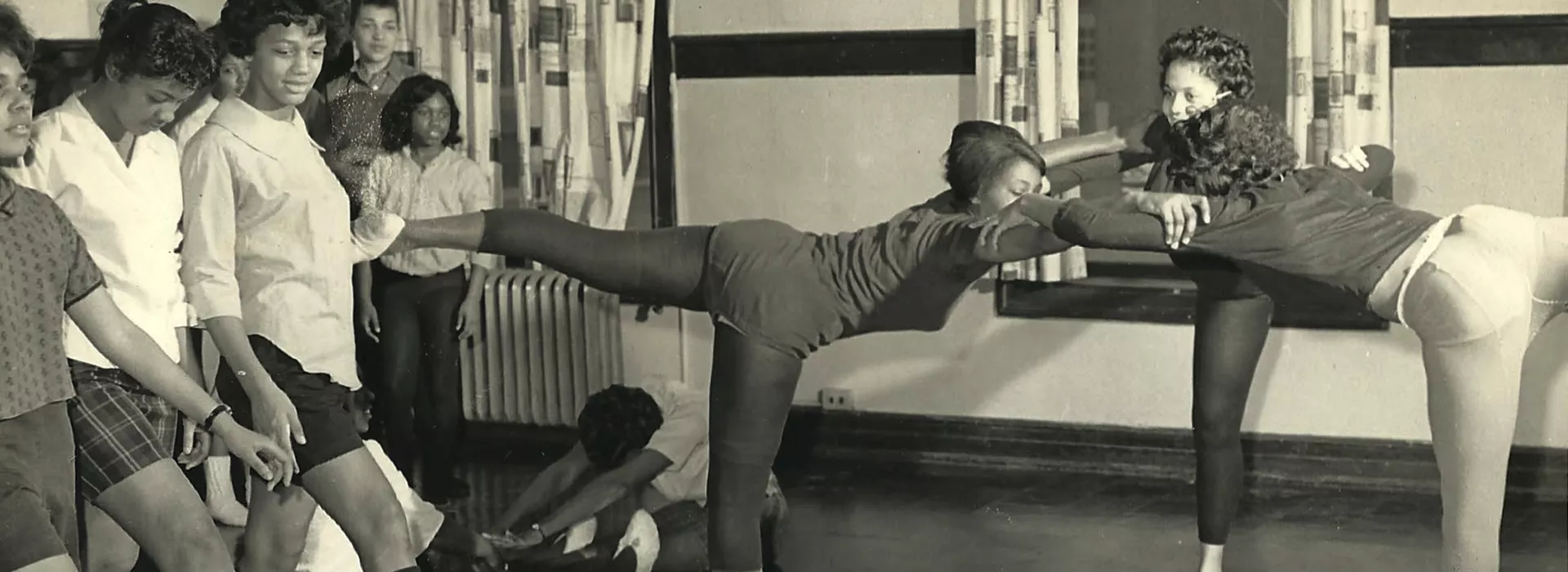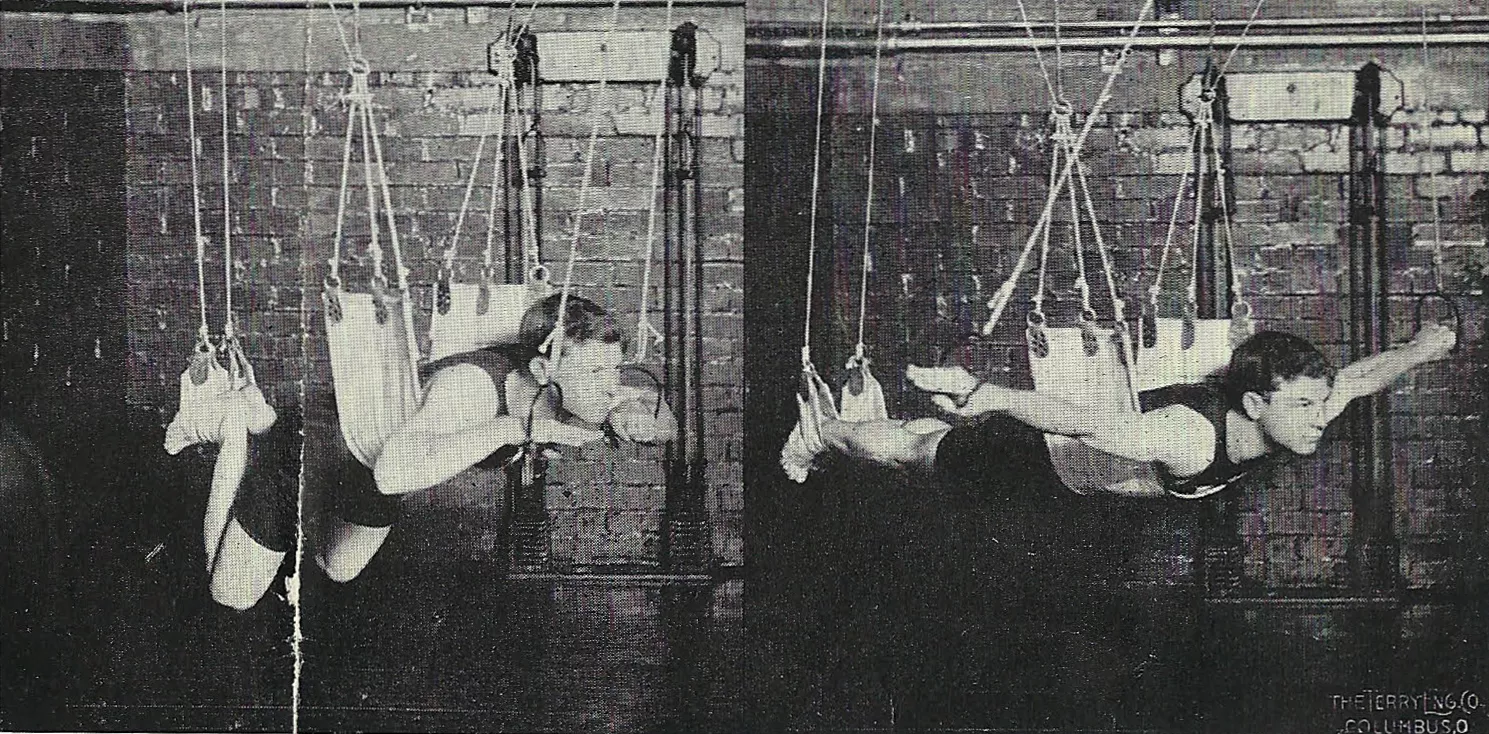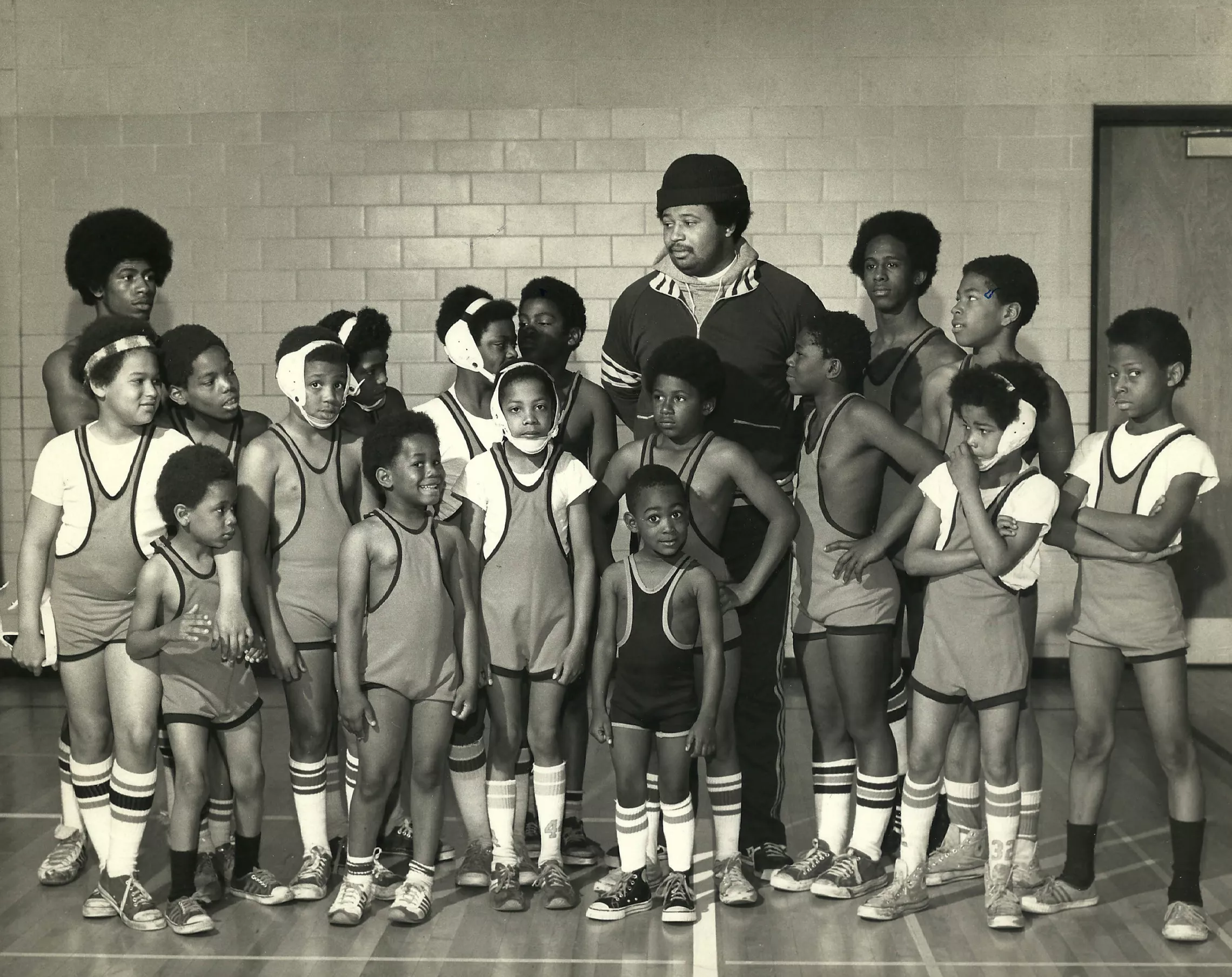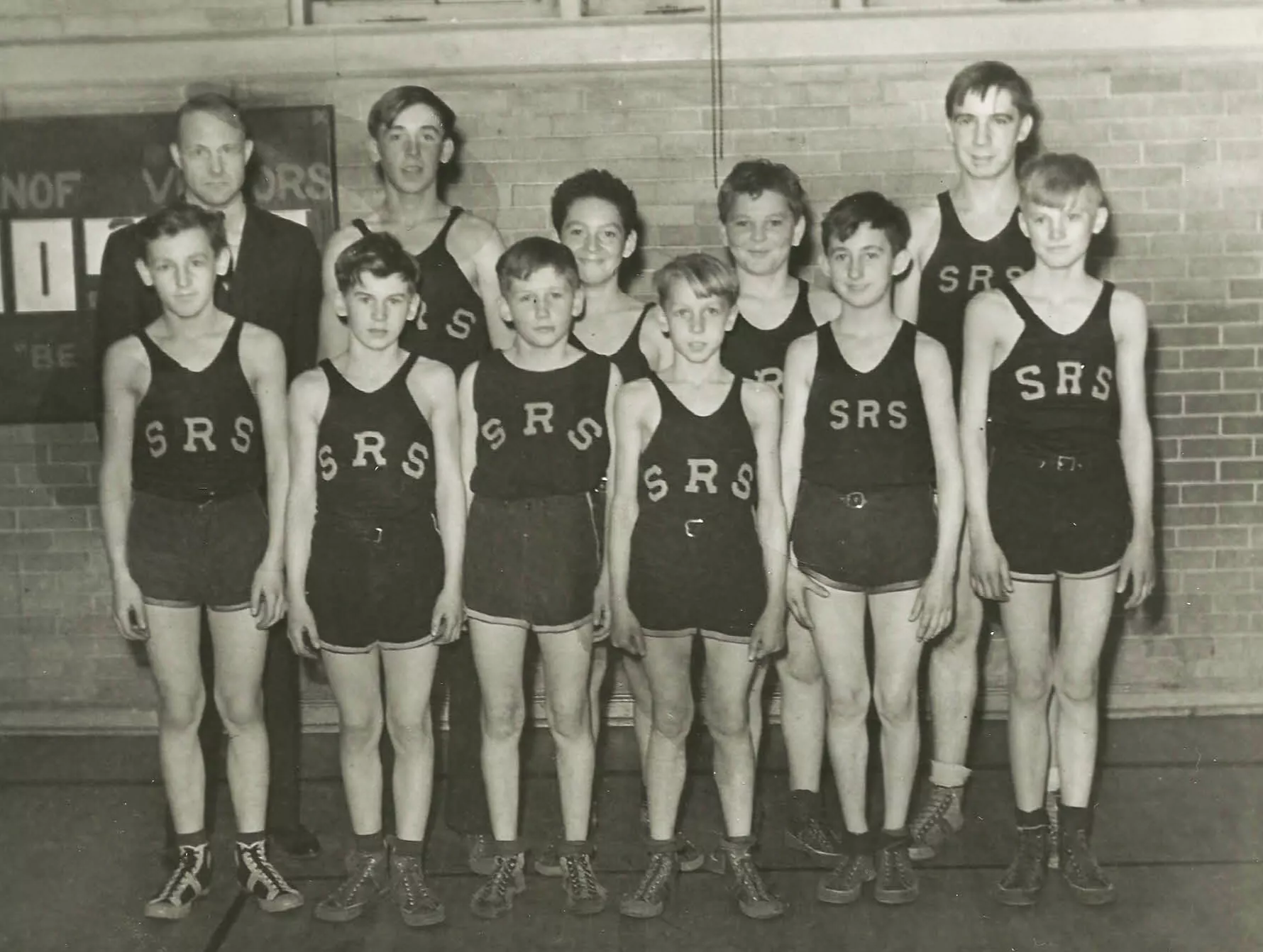The YMCA of Central Ohio—part of the very fabric of the communities it serves. Wherever there has been compassion, brotherly love, charity, and the desire to make ourselves as good as we possibly can be, the spirit of the YMCA has been there—weaving and ever strengthening thread of supportive programs and services.
George Williams put it into practice when he founded the original Young Men's Christian Association in the back room of a factory in Victorian London. Among the early men who were inspired by Williams was a Civil War veteran in Columbus, Ohio, Henry Beebe Carrington. It was he, in 1855, who first brought together the young men of central Ohio under the auspices of what would soon be known as the Columbus YMCA.
After a brief disruption during the Civil War, the YMCA spread throughout the area and began establishing itself as a local institution among the teeming masses, flocking to Columbus for factory work. Here they would find positive, wholesome opportunities for spiritual, intellectual, and physical growth; a place to stay; food to sustain; skills to learn; and many other fellows eager for camaraderie.
In the 1890's, men didn't just "go to the Y," they belonged to it, became part of it. Although branches of sorts existed at The Ohio State University and the old Union Station, there was no YMCA facility for men to go to for physical exercise, a class, or quiet reading time. All of that changed in 1893 with the opening of the original Central YMCA on Third Street, downtown, the first of many dedicated facilities the Association would own and operate in the years to come.
The YMCA's evolving and rather simplistic reputation as a "health club" was already evident in its turn-of-the-century facilities. However, it offered far more than physical fitness to its membership of young working men, many of whom were new to city life and often undereducated. Anxious to learn, the men joined discussion groups and frequented the building's extensive library; the YMCA's classes in business and trades were eventually recognized as the YMCA Schools, which still exists today as Franklin University.
As the Association grew in membership, so did its geographical reach. The YMCA established a presence in the city's South Side, then a bustling center of local industry, to serve the large number of factory and steel mill workers there. Also, the YMCA began acquiring open land in earnest, south of Columbus and as far away as Bellefontaine, in anticipation of its first forays into camping, particularly for youth -- a YMCA tradition to this day.
The first decades of the 20th century were a period of highlights and hardship, for both the world in general and the Columbus YMCA. The onset of World War I necessitated a change in focus for the YMCA, as it adapted to serve the needs of newly recruited soldiers with its short-lived Army Barracks YMCA. U.S. involvement in "The Great War" only lasted a couple of years, but it wouldn't be the last time the YMCA contributed to a home-front war effort.
As it had before with youngsters and South Side factory workers, the YMCA opened its arms to embrace another community eager for its benefits— Columbus's vibrant African American community. The Spring Street YMCA, built at the dawn of the Jazz Age, was one of the first YMCAs in the country to specifically serve the Black community, and was a beloved institution for decades. Its successor, the Eldon and Elsie Ward Family YMCA, today, serves a diverse community.
The core intent of the YMCA has always been to help people in need, and at no time in its history was there more need than during the Great Depression. When much of America was out of work and struggling to survive, the YMCA offered rooms, meals, and assistance to Columbus men down on their luck. Faced with imminent closure, YMCA staffers voluntarily took steep pay cuts to keep the YMCA financially solvent—and able to continue to serve their community.
The spirit of teamwork and shared sacrifice that helped pull the YMCA and its community through the Depression found a new outlet when the United States was suddenly drawn into another World War. As before, the YMCA offered both sober necessities and pleasant diversions for the masses of new soldiers either stationed in Columbus or passing through on their way to Europe or Asia. The YMCA played an integral part in the donation and volunteer drives that were a common part of American life during the war.
Although primarily a public service organization, the YMCA became synonymous with recreation and fun for the whole family. In the Fifties, the Columbus YMCA turned its attention from the more serious matters of past decades to the leisure-time activities of returning veterans and their new families. Besides offering everything from youth camping to social events, an abundance of new YMCA branches and facilities sprang up to serve the new suburbs around central Ohio.
The YMCA prides itself on its diversity and inclusiveness—women and girls would finally be granted membership privileges as full members by the early Sixties. The YMCA accepted the challenge to adapt to new demographics and social attitudes. By the Seventies, when former "hippies" started having their own families, the YMCA began to evolve to a point where programs and services had something to offer contemporary families.
If anything epitomizes the Seventies, it was the trend of "The Me Decade." A young generation acutely aware of their own health and fitness demanded new programs and activities that went beyond the crude barbells and boxing of their parents' generation. They found that the YMCA had already pioneered aspects of modern-day fitness that still rings true today - aerobics, racquetball, jogging/walking, and a new YMCA innovation, the PULSE program.
Once an organization dominated by working class men, the YMCA of the Eighties and Nineties focused on families and the needs of women and children in particular. Besides hatching plans for new state-of-the-art branches throughout the rapidly expanding Columbus metro area, the YMCA itself expanded into untapped areas such as child care. By now it truly was a YMCA for all of central Ohio.
Much of the YMCA's efforts in the last decade have been in renovating old facilities, expanding into central Ohio suburban communities, and continuing to address the everchanging needs of the growing communities it serves.
Childcare, residential services, programs for persons with disabilities and older adults, camp, teen programs and many others have all carved their place in history to sustain and embody the mission of the YMCA of Central Ohio. With optimism, hope, compassion and commitment, YMCA leaders continue to prepare for the next 150 years in the face of tumultuous times and a historically comparative need for YMCA programs and services.
Over the decades, our United Way partnership has been essential to the YMCA's ability to meet the critical needs of the communities we serve.




